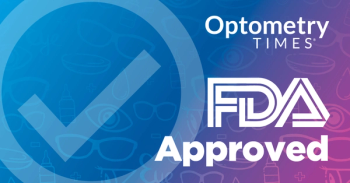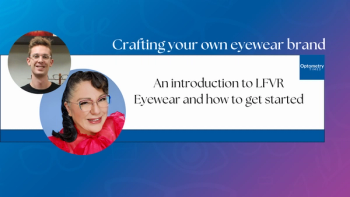
AAOpt 2025: Narrowing down the cause of the infamous dizziness symptom
Jacqueline Theis, OD, FAAO, stated that progressive lenses can exacerbate dizziness in her recent Academy 2025 lecture.
In her lecture "Dizziness - Is It Coming From the Eyes? and if not... Where Is It Coming From?," Jacqueline Theis, OD, FAAO, highlighted the complexity of diagnosing and understanding this symptom in medical practice. Dizziness is notoriously challenging for health care providers because it's nonspecific and can stem from numerous causes, ranging from serious conditions like strokes to more common issues like inner ear problems.
The key insights revolve around effectively triaging dizziness by focusing on 3 critical aspects: description, timing, and triggers. Patients often struggle to articulate their dizziness, so clinicians need to help them distinguish between different sensations - such as spinning (typically an ear-related issue) vs feeling off-balance.
A significant breakthrough in understanding dizziness involves examining its onset, duration, evolution, and specific triggers. For instance, determining whether dizziness occurs with head movement, body movement, or postural changes can provide crucial diagnostic clues.
Several important diagnostic considerations include the following:
- Keeping ocular motor dizziness in mind, which is particularly common post concussion, and can result from asymmetrical eye function.
- Progressive lenses can exacerbate dizziness by forcing patients into uncomfortable head and neck positions. Theis strongly recommends avoiding progressives for dizzy patients, instead suggesting single-vision distance and near lenses.
- Diagnostic techniques including smooth pursuit testing, dynamic visual acuity testing (assessing vision while head is moving), and comprehensive eye examinations to rule out underlying neurological issues.
Theis also highlights the importance of a multidisciplinary approach. Optometrists can play a crucial role in ruling out eye-related causes and directing patients to appropriate specialists like neurologists or cardiologists.
Practical recommendations include:
- Switching patients from progressive to single-vision lenses
- Conducting head-movement vision tests
- Assessing driving safety based on dynamic visual acuity
The overarching message is that dizziness requires careful, systematic investigation, considering multiple physiological systems and potential underlying causes.
Newsletter
Want more insights like this? Subscribe to Optometry Times and get clinical pearls and practice tips delivered straight to your inbox.
















































.png)


